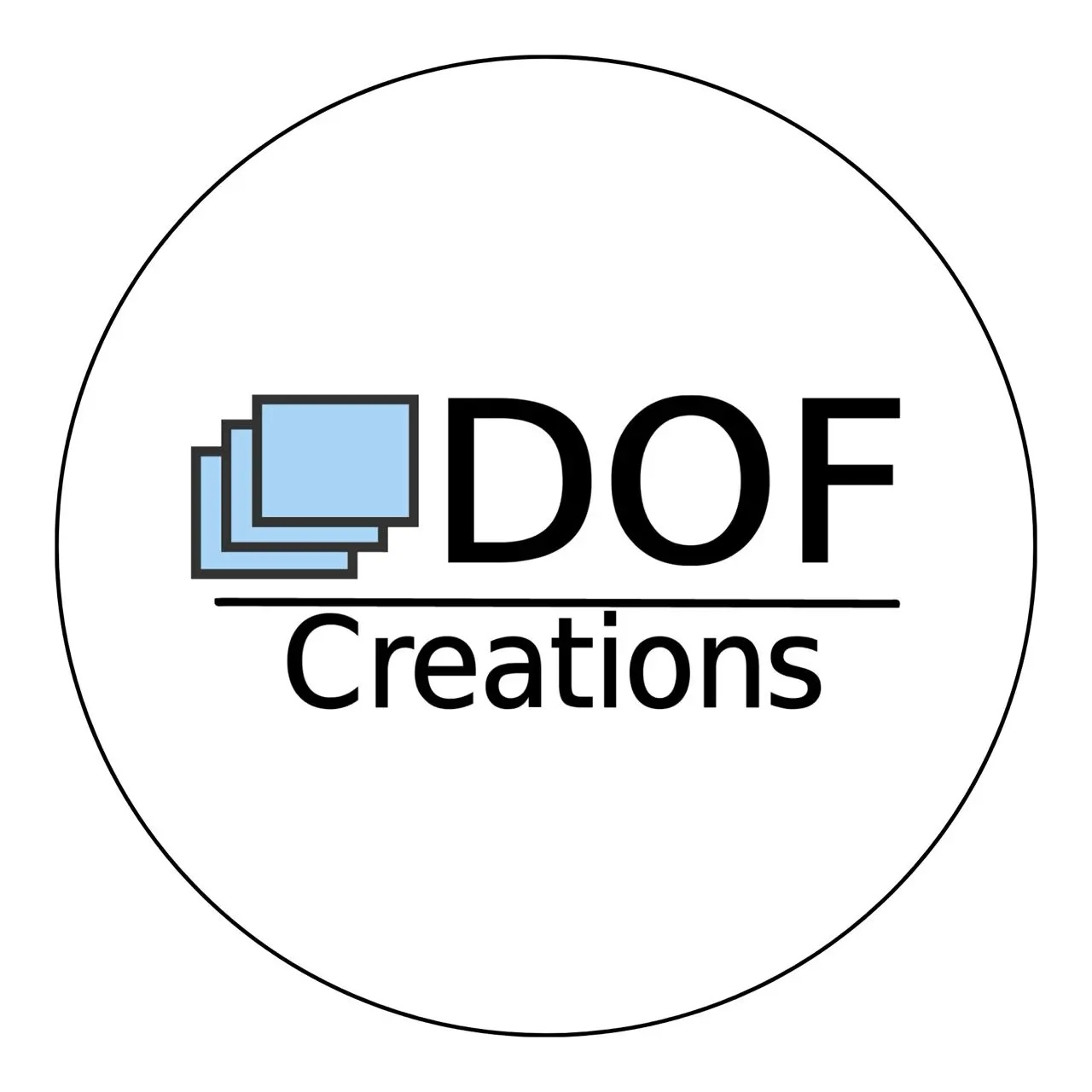In the digital age, businesses face the ongoing challenge of balancing security and flexibility within their IT frameworks. As organizations strive to protect sensitive data and ensure network security, the introduction of stringent IT policies often creates friction, potentially stifacing innovation and user productivity. Conversely, providing too much freedom can expose organizations to significant risks, including data breaches, compliance issues, and more. This DOF article explores the delicate equilibrium between friction and freedom in IT policies, highlighting strategies to achieve an optimal balance.
The Double-Edged Sword of IT Policies
IT policies are essential for defining the boundaries of what is allowed and what is prohibited within an organization’s technology environment. They serve as a guideline for acceptable use, security practices, and access controls. However, when these policies are too restrictive, they can create friction, leading to several challenges:
• Reduced Productivity: Overly stringent access controls, restrictive network policies, and security practices that are generally “too aggressive” will hamper employees’ ability to perform their tasks efficiently.
• Shadow IT: When IT policies are too restrictive, users may seek alternative solutions outside the approved IT ecosystem, potentially compromising security as staff “goes rogue” to meet their daily work needs.
• Innovation Stifling: Tight controls can hinder the exploration of new technologies and approaches, limiting the organization’s ability to innovate and adapt.
Conversely, providing users with too much freedom can lead to:
• Security Vulnerabilities: Unrestricted access can expose the organization to risks such as malware, phishing attacks, and data breaches.
• Compliance Violations: Failure to enforce regulatory requirements can result in hefty fines and damage to the organization’s reputation.
• Data Loss: Without adequate controls, sensitive information can be easily misplaced, shared inappropriately, or lost.
Striking the Right Balance
Achieving the right balance between friction and freedom is crucial for fostering an environment that is both secure and conducive to productivity and innovation. Here are strategies to consider:
1. Tailored IT Policies
Adopt a nuanced approach to IT policies by considering the specific needs and risks associated with different departments or roles within the organization. Customizing access and controls based on job function can minimize unnecessary restrictions while maintaining security.
2. User Education and Awareness
Empower users with the knowledge and tools they need to navigate the digital landscape safely. Regular training on cybersecurity best practices and the rationale behind IT policies can help reduce resistance and promote a culture of security.
3. Leveraging Technology Solutions
Utilize advanced security technologies such as multi-factor authentication, encryption, and zero-trust architectures to enhance security without significantly impacting user experience. These solutions can provide robust protection while allowing flexibility in how and where users access corporate resources.
4. Continuous Feedback Loop
Establish mechanisms for gathering feedback from users about the impact of IT policies on their work. Use this feedback to make iterative adjustments, ensuring that policies remain effective without being overly burdensome.
5. Risk Assessment and Management
Regularly assess the risks associated with various technologies and workflows within the organization. This ongoing evaluation can help identify areas where policies need to be tightened or relaxed, based on the evolving threat landscape and business needs.
DOF’s Thoughts
In the quest for optimal IT governance, the balance between friction and freedom is dynamic and requires continuous attention. By adopting a flexible, informed approach to IT policies, organizations can protect their assets and compliance posture while fostering an environment that promotes productivity and innovation. The key lies in understanding the unique needs and risks of your organization, engaging with users, and leveraging technology to create a secure yet agile IT ecosystem.

